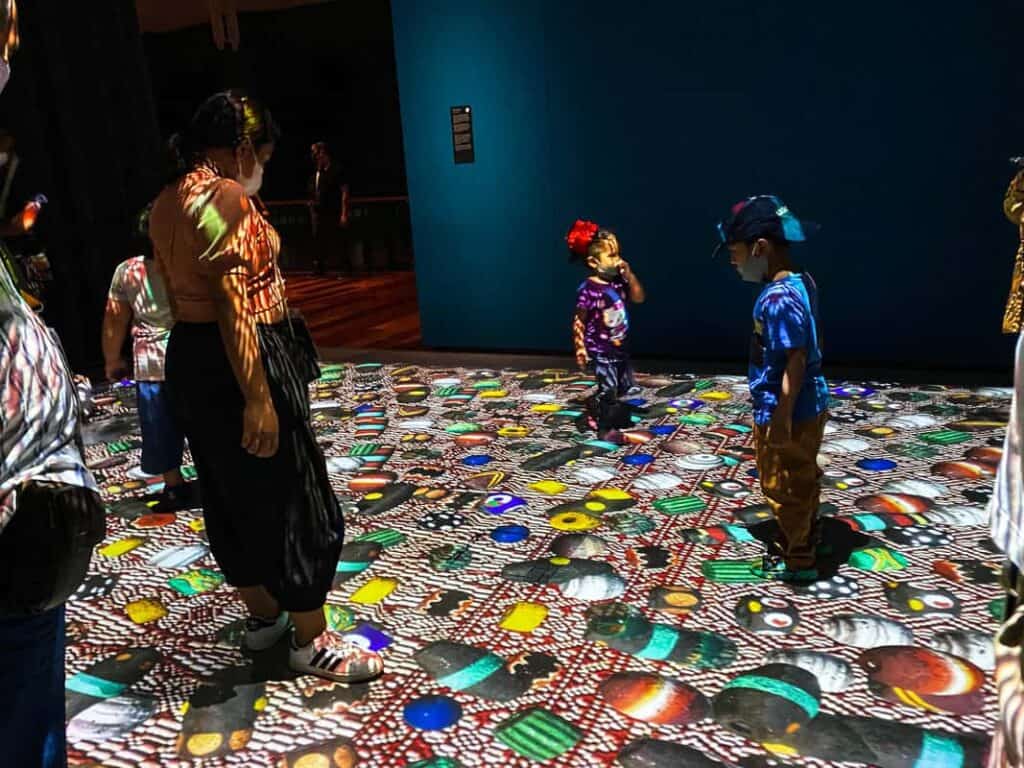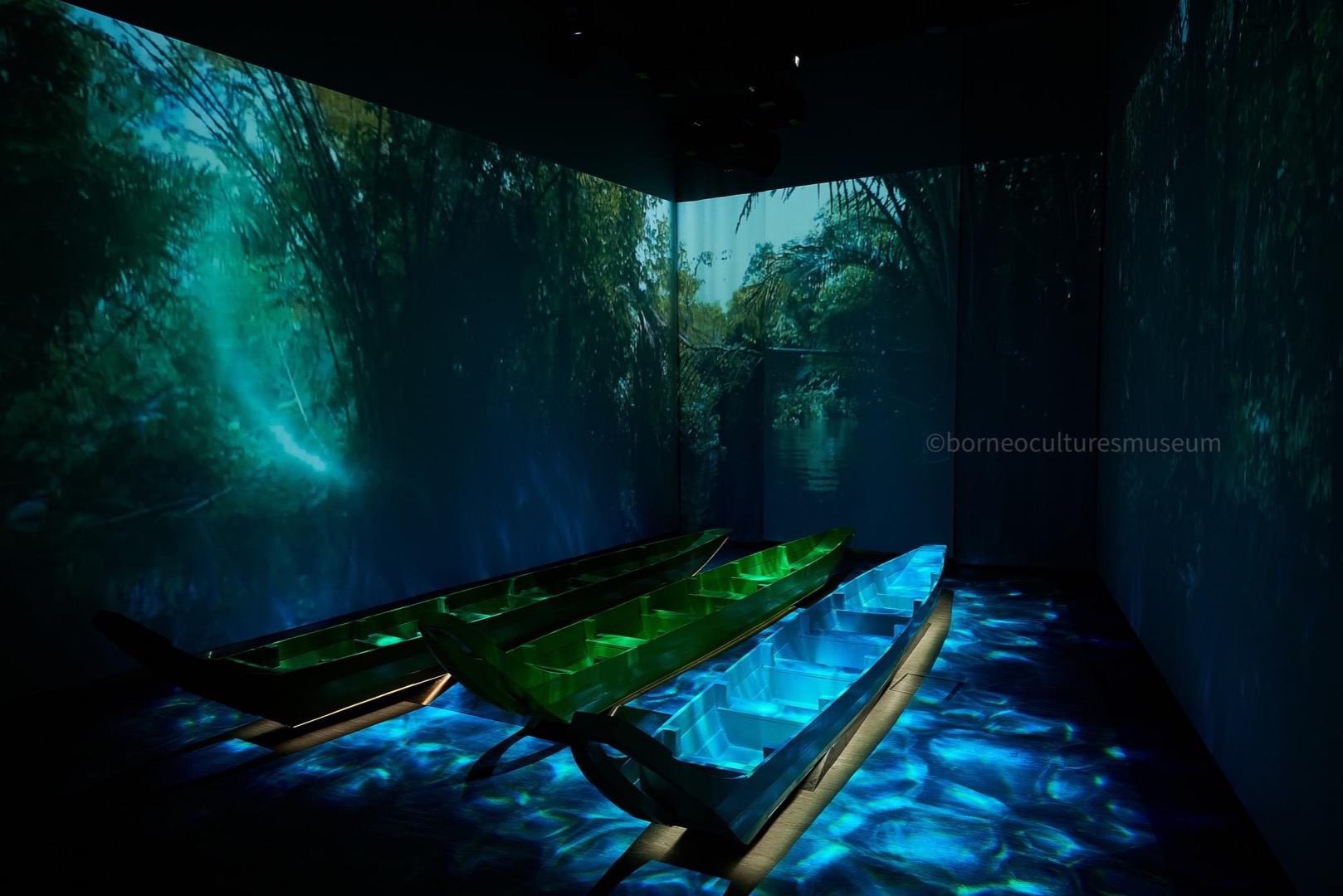Explore Diversity: Borneo Cultures Museum Revealed
Explore Diversity: Borneo Cultures Museum Revealed
Blog Article
Look Into the Fascinating World of Borneo's Cultural Heritage: A Comprehensive Overview to the Cultures Museum Experience
Submersing oneself in the detailed tapestry of Borneo's cultural heritage belongs to starting a trip via time and practice. The combination of native people, typical inventions, exciting performances, and historic narratives housed within the confines of the island's museums provides a glance right into a world teeming with profound traditions and vibrant personalizeds. As visitors go across with these databases of society, they are bid to explore a world where past and present intermingle, inviting consideration on the strength and richness of Borneo's diverse heritage.
Native Tribes of Borneo
Borneo is home to over 50 indigenous people, each with unique cultural practices and customs that have been maintained for generations. Among these people are the Iban, known for their typical longhouses and complex tattoos where several households stay. The Dayak individuals, another popular group, take part in fancy spiritual events and are knowledgeable craftsmens, crafting complex wood carvings and woven fabrics. The Penan tribe, on the other hand, are nomadic hunter-gatherers with a deep connection to the jungle, using blowpipes for searching and event wild plants for food.
These indigenous tribes play a vital function in keeping Borneo's rich cultural tapestry. Despite exterior impacts and modernization, many people proceed to promote their ideas, customs, and languages. Site visitors to Borneo have the possibility to involve themselves in the special way of livings of these tribes with cultural excursions, homestays, and community-based tourism initiatives. By involving with these indigenous communities, site visitors can obtain a much deeper admiration for the variety and durability of Borneo's indigenous heritage.
Standard Handicrafts and Artefacts

One famous example of traditional handicrafts in Borneo is the production of woven goods - Borneo Cultures Museum. Skilled weavers make use of natural fibers like bamboo, rattan, and pandan entrusts to create intricate baskets, floor coverings, and accessories embellished with vivid patterns that hold symbolic meanings within the neighborhood
The art of woodcarving is one more considerable aspect of Borneo's conventional handicrafts. Craftsmens carve detailed designs right into various kinds of wood to create masks, sculptures, and musical tools that not only serve practical functions but additionally hold social relevance, often portraying folklore or spiritual beliefs.
Additionally, Borneo is renowned for its beadwork, with artisans meticulously crafting beads from materials like glass, seeds, and shells to develop precious jewelry, apparel embellishments, and attractive products that display the region's dynamic aesthetic traditions. These typical inventions and artefacts not just offer as tangible expressions of Borneo's cultural heritage yet also provide insights into the neighborhoods' beliefs, values, and lifestyle.

Cultural Performances and Festivals
With a deep-rooted link to their cultural traditions, the neighborhoods in Borneo come alive through vibrant social efficiencies see this here and events that celebrate their heritage. These events showcase the rich diversity of Borneo's ethnic groups, each offering one-of-a-kind dances, music, and routines that have actually been passed down via generations. One of the most popular events is the Gawai Dayak, celebrated by the Dayak people to note the rice collecting period. During this festival, conventional songs fills the air, elaborate dancings are carried out, and fancy typical costumes are worn. An additional substantial event is the Pesta Kaamatan, celebrated by the Kadazandusun area to provide thanks for the rice harvest. This celebration features social efficiencies, including the Sumazau dance, and conventional sporting activities like the bamboo dance. Visitors to Borneo can submerse themselves in these celebrations, getting a deeper understanding of the area's cultural heritage and experiencing the cozy friendliness of its people. Cultural efficiencies and festivals act as a lively reminder of Borneo's abundant cultural tapestry and the importance of preserving these customs for future generations.
Historical Stories and Artefacts
Checking out the historic narratives and artifacts of Borneo supplies a remarkable glance right into the area's rich past and cultural advancement. Borneo's historical tapestry is woven with varied impacts, showing the interactions in between indigenous people, Chinese traders, European colonizers, and Malay sultanates. The artifacts located in Borneo showcase this elaborate history, ranging from traditional crafts like detailed beadwork and woodcarvings to archaeological treasures such as ancient ceramic and tools.
Among one of the most engaging aspects of Borneo's historic stories is the preservation of oral practices passed down through generations. These stories provide understandings into the beliefs, personalizeds, and lives of Borneo's residents throughout the centuries. Additionally, the artifacts discovered from archaeological sites supply tangible connections to these narratives, permitting visitors to witness the material culture of previous societies firsthand.
Contemporary Cultural Conservation Efforts

In addition, academic programs and social exchange tasks play an important duty in elevating recognition concerning the significance of preserving Borneo's one-of-a-kind cultural heritage. By engaging schools, museums, and the broader neighborhood in conversations and activities that commemorate Borneo's varied societies, preservation efforts can get energy and support for long-lasting sustainability. Collaborations in between governmental bodies, charitable companies, and regional neighborhoods are crucial in driving these conservation endeavors ahead, making certain that Borneo's rich social heritage remains dynamic and cherished for generations to find.
Final Thought
To conclude, the cultural heritage of Borneo is diverse and abundant, with indigenous people, traditional handicrafts, cultural efficiencies, events, historic stories, and modern conservation efforts all adding to its originality and importance. Visitors to Borneo's social museums can gain a deeper understanding and recognition of the region's cultural heritage, permitting a much more immersive and enlightening experience.
Immersing oneself in the complex tapestry of Borneo's social heritage is comparable to beginning on a trip via time and custom.With an ingrained link to their social practices, the communities in Borneo come active via vibrant cultural efficiencies and festivals that commemorate their heritage. Social efficiencies original site and events offer as a lively suggestion of Borneo's rich cultural tapestry and the significance of maintaining these customs for future generations.
Additionally, educational programs and social exchange tasks play an essential duty in increasing recognition regarding the importance of preserving Borneo's unique cultural heritage. Collaborations in between governmental bodies, non-profit companies, and regional areas are crucial in driving these conservation ventures ahead, ensuring that Borneo's abundant cultural heritage stays vivid and valued for generations to come.
Report this page